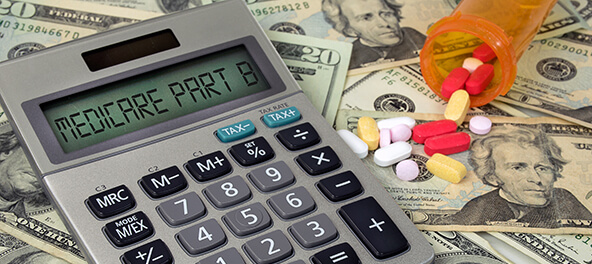Since 2006, the amount of people who are enrolled in Medicare Part D has doubled — totaling a little over 45 million people. That would mean that 70% of all Medicare beneficiaries are registered in the drug coverage plan (data found by the Kaiser Family Foundation or KFF).
In 2006, when Medicare Part D first began, about half of the enrollees were in the drug coverage program. For the first time, the enrollment in standalone drug plans has decreased, while the registration in Medicare Advantage (MA) drug plans has increased.
Juliette Cubanski, the associate director of the program on Medicare policy at KFF, had this to say about the matter:
“At this rate, I think we’ll see more enrollees in Medicare Advantage drug plans than in standalone drug plans in the next few years.” Last year, we witnessed MA prescriptions drug plans (MA-PDs) go up by 9%, and prescription drug plans (PDPs) dropped .3%.
The way the numbers break down now looks like this:
-46% of Part D Enrollees are in standalone PDPs
-39% in MA-PDs
-15% in employer or union group plans
Now let’s talk about money. When it comes to out-of-pocket costs, most Part D enrollees have low prices for preferred drugs. However, there are higher costs for generics, not on the preferred list. Also, about 25% of Part D enrollees do not pay any money for preferred generic drugs. Whereas many pay ten dollars or more for the drugs that are not on the preferred list.
Almost a month after all the above data was posted, we’ve found that generics are more expensive than the branded drugs on Part D.
This new study finds that some seniors pay up to $1,000 or more for certain generic drugs compared to brand-named versions in Medicare Part D.
The study posted in the journal Health Affairs said that brand-name manufacturer discounts in Medicare Part D had created a “perverse incentive” for seniors to choose a branded drug rather than a generic one. The shift away from generic drugs could discourage manufacturers from pursuing generic competition.
However, the 2018 Bipartisan Budget Act demanded brand-name companies to increase their mandatory discounts from 50% to 70% for Part D drugs that are allowed in the gap between the initial coverage phase and the catastrophic coverage phase, also known as the “doughnut hole.” The Act also required the biosimilar drug could not be more expensive than the brand-named biologic drug it resembled.
Some concerns to put into consideration would fall with the risk that companies could begin to shy away from making generics because of the lowering of branded prices.
Another issue with this would be with patients who live in states with generic substitution laws, which would require a generic drug to be dispensed by a pharmacist and would be unable to take advantage of the cost savings from a cheaper branded drug.
In all, we want to see help get to patients at more affordable costs. However, we also wish for the drugs or medications to do their job correctly in helping the patient.
